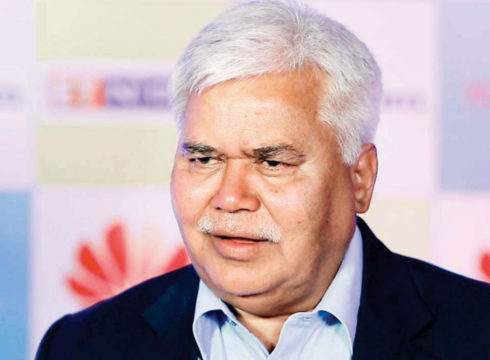SUMMARY
The framework should be out in a couple of months, TRAI chief RS Sharma
TRAI had released a consultation paper on the subject in Nov, 2018
Come March 1, telcos to provide blockchain system to curb pesky calls, says Sharma
Inc42 Daily Brief
Stay Ahead With Daily News & Analysis on India’s Tech & Startup Economy
India’s telecom regulator TRAI is working on the draft regulatory framework for over-the-top (OTT) services operating in India, which is expected to be released in a couple of months.
“We already have a paper on OTT. We will come out with appropriate recommendations and regulations in near future. A couple of months from now,” TRAI chairman RS Sharma reportedly said at the Mobile World Congress 2019, Barcelona, Spain.
Last year on November 12, TRAI released a consultation paper on ‘Regulatory Framework for Over The Top (OTT) Communication Services’. The consultation paper was open for public comments until December 24, 2018.
For uninitiated, there is no globally accepted definition of OTT. In general, OTT providers comprise of video chatting services such as Skype, instant messaging service such as WhatsApp, and video and audio streaming services such as Netflix, Spotify.
TRAI, in its consultation paper, notes that the problem with the definition arises when OTT applications provide multiple services. For instance, Google offers users with real-time chat while using Google Docs. Similarly, there are many online gaming applications such as PUBG, Clash of Clans, which allow users to play while chatting or talking in a real-time.
Further, TRAI sought comment on the factors or aspects, with justification, to consider, identify and discover the extent of substitutability for regulating or licensing norms applicable to OTT providers. Here are some of the issues TRAI highlighted in its consultation paper
- Revenue opportunities for TSPs due to growth in data traffic
- Fair and reasonable opportunities to all market players
- OTTs’ approach to addressing consumer issues
- Security issues related to the provision of OTT services
- Jurisdiction related issues
According to TRAI, citing reports, India’s internet traffic is estimated to grow fourfold from 2016 to 2021, at a CAGR of 32%. The total wireless data usage in India has already increased from 4.6 exabytes in 2016 to 20 exabytes in 2017. An average price per GB has also declined, from INR 75.57 per GB in 2016 to INR 12.06 per GB in 2018.
“Regulatory systems will continue to develop as technology develops. Our approach is regulator should not become a hindrance,” Sharma said.
Recently, Internet and Mobile Association of India (IAMAI) and video OTT streaming platforms including Hotstar, Voot, Zee5, Arre, SonyLIV, ALT Balaji, Netflix and Eros Now, voluntarily signed a self-regulatory Code of Best Practices, to conduct themselves in a responsible and transparent manner.
Meanwhile, Sharma also said that all telecom operators will put in place the blockchain-based system to curb pesky calls and messaging menace from March 1, 2018, onwards, without any extension to the deadline. Last year in July, the telecom regulator had asked the operators to ensure that only registered telemarketers have access to consumers phone number databases.
Note: We at Inc42 take our ethics very seriously. More information about it can be found here.


